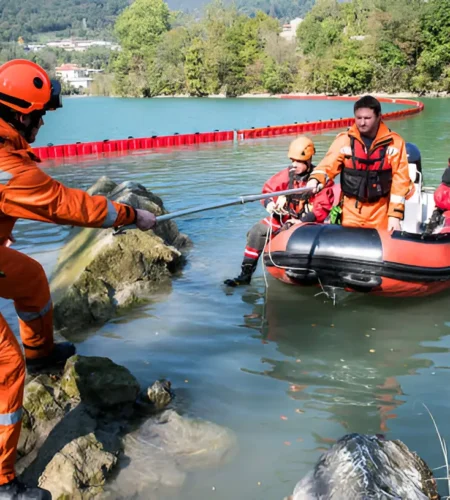Choosing a career in firefighting is a decision that demands resilience, dedication, and preparation. Those who pursue this noble path protect lives and property while serving as role models within their communities. Preparing for a firefighting career isn’t only about physical readiness—it’s a comprehensive journey involving education, practical skills, physical training, and ongoing learning opportunities. Aspiring firefighters can also explore growth areas, such as completing an inspector certification program Texas, to enhance their expertise and marketability.
The pathway to becoming a firefighter comprises several distinct phases, including meeting educational requirements, developing physical fitness, gaining emergency medical experience, and continually acquiring new skills. These steps will not only help you qualify for fire department roles but also ensure you can advance over time and contribute meaningfully to your fire service team and the community.
Educational Requirements
At a minimum, fire departments require a high school diploma or GED. However, further education—such as an associate’s or bachelor’s degree in fire science, public administration, or emergency medical services—can give aspiring candidates a competitive edge. These programs introduce students to fire codes, prevention measures, risk assessment, and leadership. Several universities and community colleges across the U.S. offer such specialized degrees, often including hands-on learning components and access to seasoned instructors. For those interested in guiding fire safety standards, advanced programs such as the inspector certification program in Texas are invaluable for opening doors to specialized roles in fire prevention and inspections.
Physical Fitness
The physical demands of firefighting are intense and non-negotiable. Firefighter candidates must prove their readiness by completing rigorous physical ability tests that mirror real emergency scenarios, including dragging charged hoses, hoisting equipment, scaling ladders, and performing victim rescues. As emphasized in Fire Engineering, consistent physical preparation is critical to both performance and safety on the job. A comprehensive fitness routine should target cardiovascular endurance through activities such as running and high-intensity interval training, which help boost stamina and lung capacity. Strength training, whether through lifting weights or performing functional bodyweight movements like squats and push-ups, is equally essential for managing the physical demands of firefighting. Meanwhile, flexibility exercises such as yoga or dynamic stretching help prevent injuries and support recovery. Incorporating job-specific drills, such as climbing stairs with weighted gear or practicing victim carries, ensures candidates are not only test-ready but equipped to handle the unpredictable challenges of active duty.
Emergency Medical Training
Firefighters are often first responders at medical emergencies, making emergency medical training essential. Many departments require at least Emergency Medical Technician (EMT) certification, which teaches life-saving interventions, including CPR, trauma care, and patient assessment. With EMT certification, you’ll have the skills to handle the full spectrum of emergencies, from vehicle accidents to cardiac arrests. Advancing your qualifications with paramedic training can make you even more valuable on the job and often leads to more responsibilities and higher pay. Training and certification opportunities are available through community colleges, technical schools, and healthcare institutions.
Gaining Practical Experience
Classroom knowledge alone isn’t enough to thrive as a firefighter. Practical, hands-on experience provides invaluable exposure to real emergency scenarios and department protocols. Volunteering with local fire departments, enrolling in cadet programs for young adults, or participating in community outreach and safety demonstrations can provide you with direct insight and help you build relationships with professionals in the field. These opportunities not only improve your skills but also demonstrate your commitment and reliability—attributes valued by hiring committees.
Continuous Learning.
The field of firefighting evolves constantly with advances in equipment, building materials, and emergency response protocols. Ongoing education—through workshops, courses, department in-service training, and professional organization conferences—ensures that firefighters remain effective, safe, and prepared for new challenges. Pursue opportunities for learning whenever possible, and consider joining professional associations to keep up with industry trends. Exploring professional resources provided by national publications, such as Firehouse or NFPA, can also offer access to current research, regulations, and best practices. The path to becoming a firefighter is demanding, but for those who are passionate, disciplined, and prepared, it leads to a fulfilling and impactful career. By committing to each step in this journey, you’ll be ready to serve your community with dedication and skill.
Read more: Buy Instagram Followers Safely in 2025 – Start Growing Today | SMMNut – The Funny Puns
Academic Wordplay: Top Pun Traditions in Campus Culture
A Practical Guide to Choosing the Right Trailer Storage in Tucson


Comments